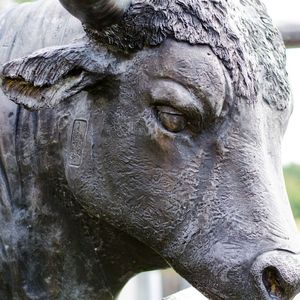More than half of American taxpayers are not eligible for the promised $5,000 DOGE stimulus that Elon Musk pushed as part of his work under President Donald Trump’s administration in 2025. The payout was tied to the Department of Government Efficiency, or DOGE , a unit led by Elon to cut federal waste. The plan was simple: 20% of every dollar DOGE saved would be paid back to Americans in cash. But the numbers behind the plan have collapsed, and the criteria have narrowed so far that most taxpayers are left out. Maria Bartiromo: Given the COVID stimulus checks, how worried are you that sending a DOGE Dividend out to taxpayers is going to trigger inflation again? Me: When those COVID checks went out in 2021, we faced a supply chain crisis, a labor shortage, and widespread economic… pic.twitter.com/Qjuh13RpmD — James Fishback (@j_fishback) March 3, 2025 Musk cuts payout estimate and narrows eligibility As Cryptopolitan reported , Elon first pitched the idea expecting DOGE to save the federal government up to $2 trillion. With that projection, every taxpayer would walk away with $5,000. But that target didn’t last. On April 10, Elon told Trump that DOGE was now expected to save only $150 billion in its first fiscal year. That change dragged the possible payout down to just $375 per taxpayer, based on the same 20% return. Still, that number was later adjusted again. DOGE’s official site now shows that the expected total savings would land closer to $1,000 per taxpayer. That figure is based on a pool of 161 million taxpayers, which remains the government’s current estimate. But even if that money gets distributed, most people won’t see it. The real architect behind the check idea is James Fishback, CEO of investment firm Azoria. James pitched the concept to Elon as a way to reward people who pay more to the government than they receive in aid. “Checks would only be sent to tax-paying households,” he said. That excludes Americans with an adjusted gross income under $40,000, because most of them pay little to no federal income tax. Pew Research data backs that up. So, half the country is already off the list. James also explained that this isn’t your typical stimulus program. “Many low-income households saw transfer payments of between 25 and 30 percent of their annual income,” he said. That’s why DOGE checks would only go to net taxpayers — those who owe the IRS nothing and contribute more than they receive. “They have a lower propensity to spend and a higher propensity to save a transfer payment like the DOGE Dividend,” James said. Americans may need to temper DOGE check expectations Elon gave a speech in Wisconsin where he said that whether the checks even get sent depends on Congress and “maybe the president.” So the whole plan is still floating. The $5,000 figure is off the table. Even the $1,000 figure is now just an estimate. And nothing has been signed into law. The more people speak on this, the more watered down it becomes. Some Republicans want to kill the idea completely. House Speaker Mike Johnson, a Louisiana Republican, said the country should be focused on paying down the debt. “We have a $36 trillion federal debt,” Mike said. “We have a giant deficit that we’re contending with. I think we need to pay down the credit card, right?” He made it clear he doesn’t want money going out the door while the country’s financials look like this. Preston Brashers, a tax policy fellow at the Heritage Foundation, said the checks could cause a return of serious inflation. He warned it could come back “with a vengeance.” But James pushed back. He argued that as long as the DOGE checks are “deficit-financed” and funded directly from DOGE’s savings, they shouldn’t be inflationary. For now, the only thing certain is that DOGE isn’t producing a trillion-dollar windfall. Most Americans won’t get a check. And for those who do, it won’t be $5,000.

















